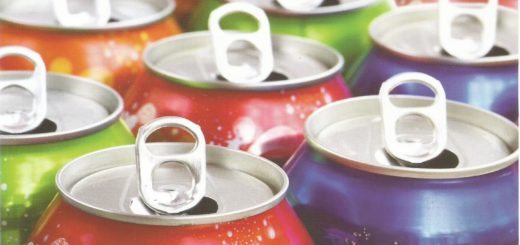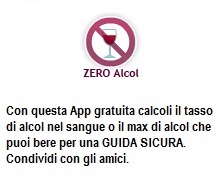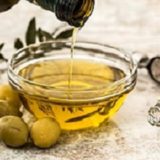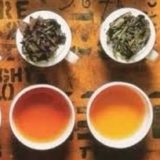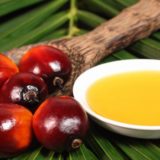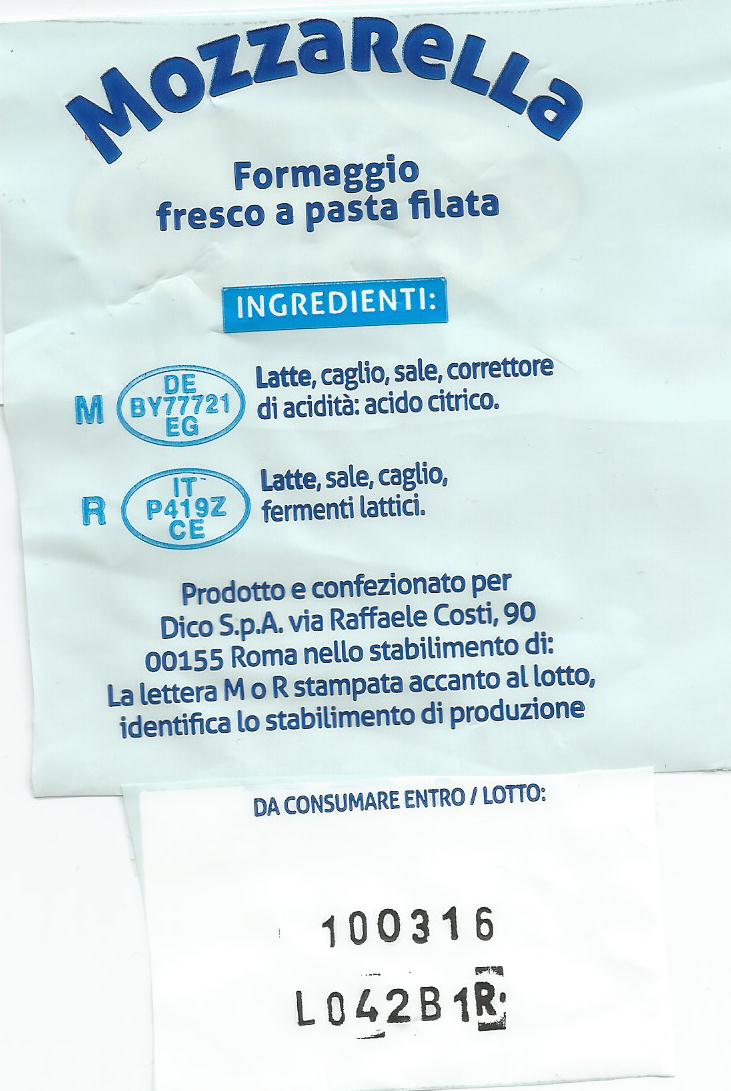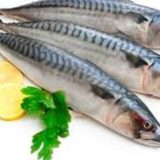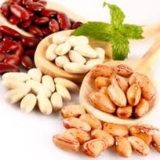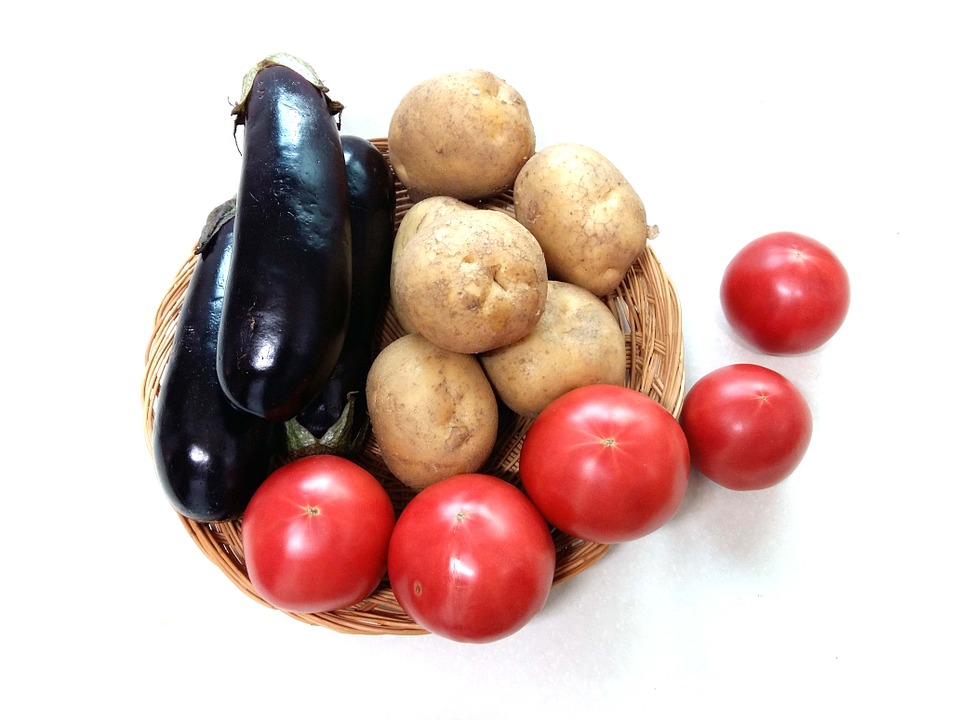Kaki, cibo di Giove
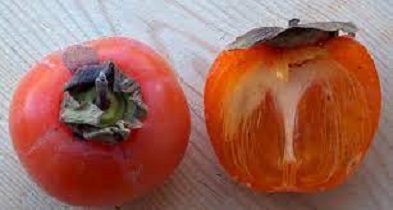
Autunno: la stagione di un frutto orientale, dalla probabile origine cinese e in quella lingua chiamato “shizi”, ma che noi chiamiamo usando l’abbreviazione del nome originale giapponese “Kaki no ki”. Stiamo parlando del cachi, nome scientifico: diòspiro o diòspero (dal gr. Δίος e πνρός “cibo di Giove”).
L’albero di cachi era considerato come albero delle “Sette Virtù”: la longevità, l’ombra, la mancanza di nidi, l’assenza di tarli, il verde delle foglie, la resistenza al freddo, la creazione del concime con i frutti caduti.
Gli unici esseri viventi che sopravvissero alla bomba atomica di Hiroshima, nel 1945, furono due alberi di cachi e per questo sono definiti “alberi della pace”.
Le prime coltivazioni di cachi in Italia si sono diffuse nel Meridione nei primi anni del ‘900, per estendersi poi in altre regioni. Attualmente, quelli più pregiati sono i cachi siciliani che vengono esportati in tutto il mondo.
In Italia le varietà più diffuse sono la Loto di Romagna, dalla polpa morbida e quasi gelatinosa, e la Vaniglia della Campania, dalla polpa più soda e di colore più bruno. Tra la tipologia dei cachi mela i più apprezzati: Fuyu, Suruga, O’Gosho e Jiro.
La raccolta di questo frutto può avvenire a maturazione incompleta e per accelerare il processo di maturazione in modo naturale è necessario lasciarlo vicino alle banane, alle pere o alle mele: l’etilene emesso da questi frutti ne favorisce il processo.
Il cachi, grazie all’alto contenuto di zuccheri e potassio, fornisce un apporto energetico immediato dovuto alla facile assimilazione degli zuccheri semplici contenuti nei frutti, rivelandosi un toccasana per gli sportivi o per chi svolge attività che richiedono un grande dispendio di energie.
Ogni 100 grammi di prodotto edibile conta solamente 70 calorie e sono presenti: 82 g di acqua; 0,5 g di proteine; 0,3 g di lipidi; 16 g di carboidrati; 2,5 g di fibra; 4 mg di sodio; 170 mg potassio; 0,3 mg di ferro; 8 mg di calcio; 16 mg di fosforo; 0,02 mg di vit. B1; 237 mg di vit. A; 23 mg di vit. C; flavonoidi, carotenoidi. I frutti del Kaki hanno un altissimo valore biologico e un ottimo potere antiossidante.
La sensazione di “bocca allappata“, mangiando un cachi immaturo, è dovuta alla presenza di tannini ma questa quantità si riduce fortemente durante la maturazione, mentre aumenteranno gli zuccheri.
In Giappone il kaki è utilizzato per la produzione di un vino a bassa gradazione alcolica ed il suo succo viene impiegato per chiarificare il sake. Inoltre la pianta si presta bene come bonsai.

Quest’opera è distribuita con Licenza Creative Commons Attribuzione – Non commerciale – Condividi allo stesso modo 4.0 Internazionale
English version
Kaki, food of Jupiter
Autumn: the season of an oriental fruit, probably of Chinese origin and in that language called “shizi”, but which we call using the abbreviation of the original Japanese name “Kaki no ki”. We are talking about persimmon, scientific name: diòspiro or diòspero (from the Greek Δίος and πνρός “food of Jupiter”).
The persimmon tree was considered as the tree of the “Seven Virtues”: longevity, shade, lack of nests, absence of woodworms, green leaves, resistance to cold, creation of fertilizer with fruits fallen.
The only living beings that survived the atomic bomb in Hiroshima in 1945 were two persimmon trees and for this reason they are called “trees of peace”.
The first persimmon crops in Italy spread to the South in the early 1900s, and then spread to other regions. Currently, the most valuable are the Sicilian persimmons which are exported all over the world.
In Italy the most common varieties are the Loto di Romagna, with a soft and almost gelatinous pulp, and the Vanilla of Campania, with a firmer pulp and a browner color. Among the types of apple persimmons the most popular: Fuyu, Suruga, O’Gosho and Jiro.
The harvest of this fruit can take place when the ripening is incomplete and to accelerate the ripening process in a natural way, it is necessary to leave it close to bananas, pears or apples: the ethylene emitted by these fruits favors the process.
Persimmon, thanks to the high content of sugars and potassium, provides an immediate energy supply due to the easy assimilation of the simple sugars contained in the fruits, proving to be a panacea for sportsmen or for those who carry out activities that require a great deal of energy.
Every 100 grams of edible product has only 70 calories and there are: 82 g of water; 0.5 g of protein; 0.3 g of lipids; 16 g of carbohydrates; 2.5 g of fiber; 4 mg of sodium; 170 mg potassium; 0.3 mg of iron; 8 mg of calcium; 16 mg of phosphorus; 0.02 mg of vit. B1; 237 mg of vit. TO; 23 mg of vit. C; flavonoids, carotenoids. The fruits of the Kaki have a very high biological value and an excellent antioxidant power.
The sensation of “lapping mouth”, when eating an immature persimmon, is due to the presence of tannins but this quantity is greatly reduced during ripening, while the sugars will increase.
In Japan, kaki is used for the production of a low alcohol content wine and its juice is used to clarify sake. In addition, the plant lends itself well as a bonsai.




